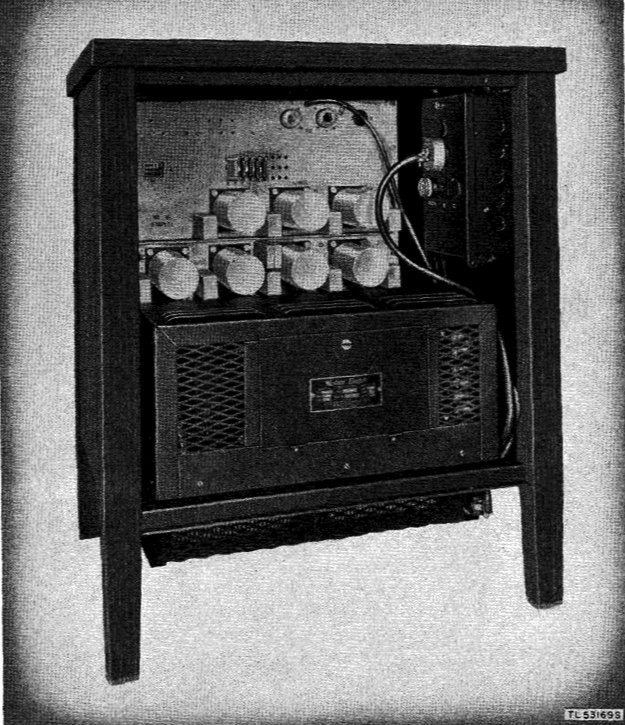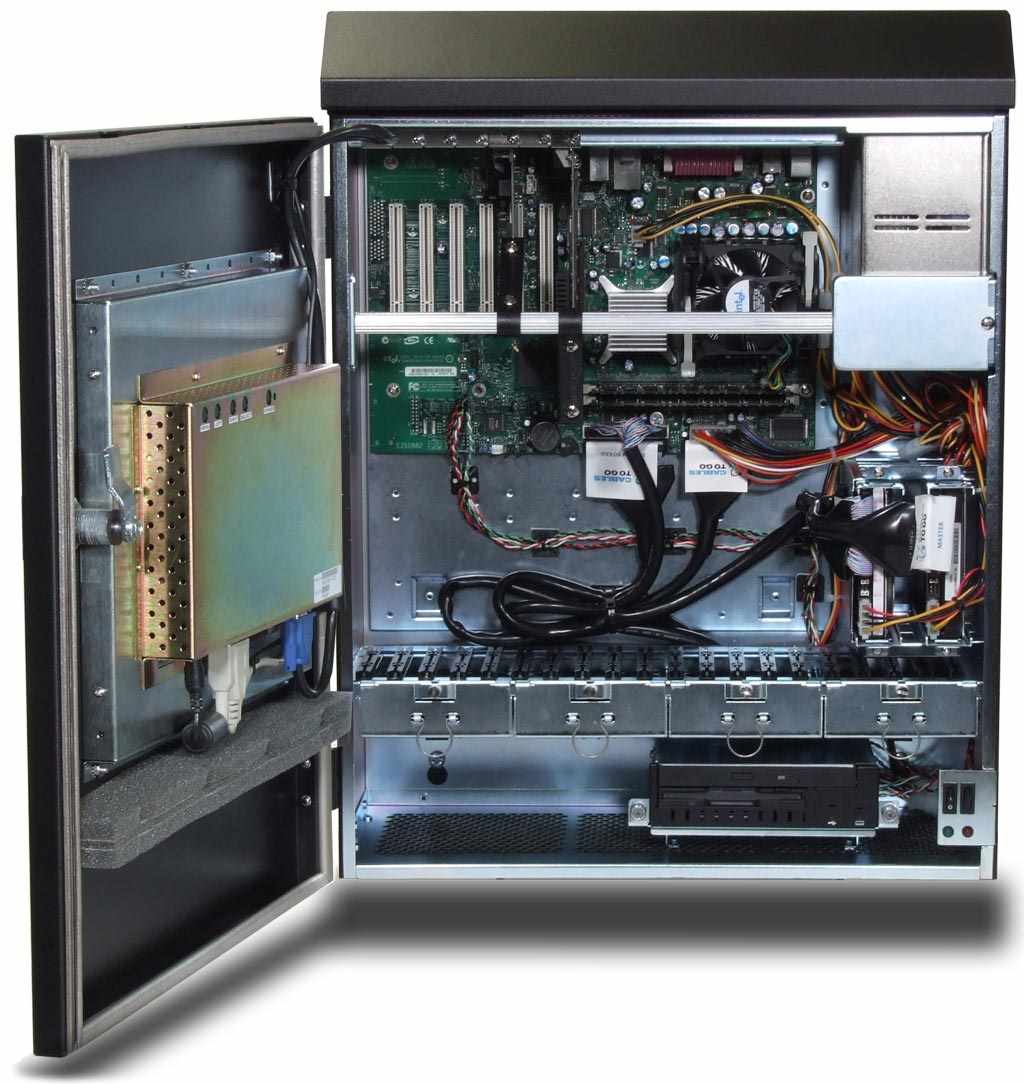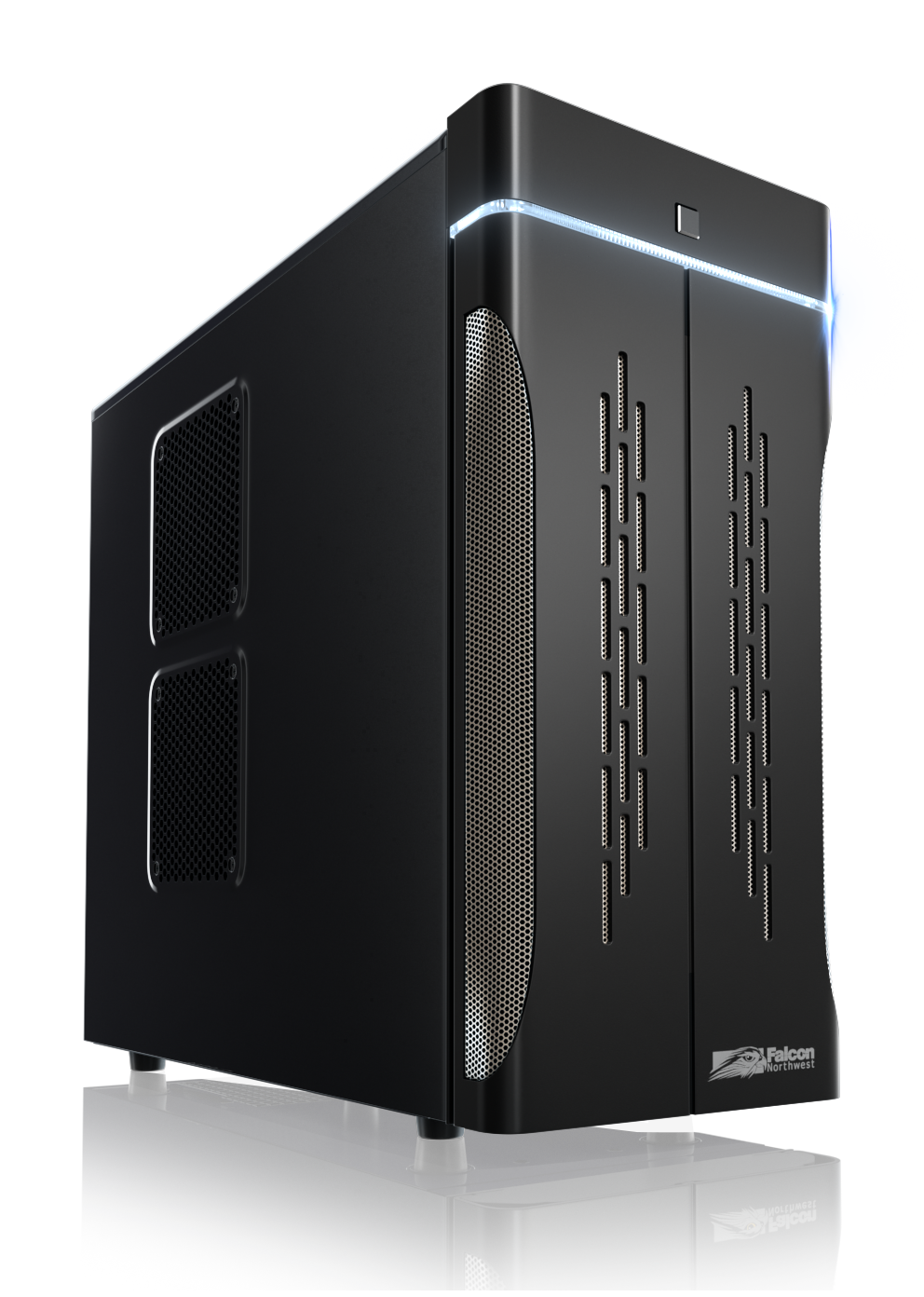|
List Of IBM Personal Computer Models
The IBM Personal Computer, commonly known as the IBM PC, spanned multiple models in its first generation (including the PCjr, the Portable PC, the XT, the AT, the Convertible, and the /370 systems, among others), from 1981 to 1987. It eventually gave way to many splintering product lines after IBM introduced the Personal System/2 in April 1987. Notes ; Legend Models Original line Successor lines * Personal System/2 ( list of models) * Industrial System ( list of models) * PCradio ( list of models) * Ambra ( list of models) * PS/note ( list of models) * EduQuest ( list of models) * ThinkPad * PS/ValuePoint ( list of models) * Aptiva ( list of models) * PC Series ( list of models) * NetVista * ThinkCentre Timeline See also * Predecessors to the IBM PC: ** IBM 5100 (1975) ** IBM 5110 (1978) ** IBM 5120 (1980) ** IBM System/23 Datamaster (1981) * Japan-only IBM PC variants: ** IBM 5550 ** IBM JX ** IBM PS/55 ** IBM Palm Top PC 110 * IBM IntelliStation * L ... [...More Info...] [...Related Items...] OR: [Wikipedia] [Google] [Baidu] |
Tempest (codename)
TEMPEST is a U.S. National Security Agency specification and a NATO certification referring to spying on information systems through leaking emanations, including unintentional radio or electrical signals, sounds, and vibrations. TEMPEST covers both methods to spy upon others and how to shield equipment against such spying. The protection efforts are also known as emission security (EMSEC), which is a subset of communications security (COMSEC). The NSA methods for spying on computer emissions are classified, but some of the protection standards have been released by either the NSA or the Department of Defense. Protecting equipment from spying is done with distance, shielding, filtering, and masking. The TEMPEST standards mandate elements such as equipment distance from walls, amount of shielding in buildings and equipment, and distance separating wires carrying classified vs. unclassified materials, filters on cables, and even distance and shielding between wires or equipment and b ... [...More Info...] [...Related Items...] OR: [Wikipedia] [Google] [Baidu] |
IBM PS/2 Note And PS/note
The IBM PS/2 Note and PS/note are a series of notebooks from the PS/2 line by IBM. It was announced in March 1992, half a year prior to the release of the first ThinkPad, the IBM ThinkPad 700. The series was discontinued in 1994. Background After the departure of Bob Lawten from IBM, the team at IBM had little development direction after the IBM PS/2 L40 SX. James Cannavino pushed for the new notebook series, which fell behind schedule. The N45 SL, N51 SX and N51 SLC were announced on the same day as the IBM PS/2 (color laptop) CL57 SX. During this time there was a distinction between notebooks and laptops, where the former are A4 sized and the latter are larger. The notebooks were modeled after the PS/55 Note which was released by IBM in Japan in April 1991. Models PS/2 note Mainstream line with 7-row layout only. N33 SX The ''PS/2 Model N33 SX'' (also known as ''PS/2 note N33 SX'') was the first notebook-sized computer from IBM which was announced in 1991. T ... [...More Info...] [...Related Items...] OR: [Wikipedia] [Google] [Baidu] |
IBM PCradio
The PCradio was a notebook computer released by International Business Machines (IBM) in late 1991. Designed primarily for mobile workers such as service technicians, salespersons and public safety workers, the PCradio featured a ruggedized build with no internal hard disk drive and was optioned with either a cellular or ARDIS RF modem, in addition to a standard landline modem. Components The internals of the PCradio were encased in a slate-gray, hardened plastic case, which IBM said was resistant to heat, moisture, impact and certain chemicals. Its port doors, connectors, and keyboard were designed to be water-resistant through the use of gaskets, seals, and O-rings. It featured a monochrome LCD capable of rendering graphics in CGA mode and text at 80 columns by 25 lines. The laptop was powered by either a nickel–cadmium battery or a wall or car power adapter. To keep the PCradio ruggedized, IBM offered SRAM modules of various capacities up to 2 MB for file storage, in ... [...More Info...] [...Related Items...] OR: [Wikipedia] [Google] [Baidu] |
IBM Industrial System
An industrial PC is a computer intended for industrial purposes (production of goods and services), with a form factor between a nettop and a server rack. Industrial PCs have higher dependability and precision standards, and are generally more expensive than consumer electronics. They often use complex instruction sets, such as x86, where reduced instruction sets such as ARM would otherwise be used. History IBM released the 5531 Industrial Computer in 1984, arguably the first "industrial PC". The IBM 7531, an industrial version of the IBM AT PC was released May 21, 1985. Industrial Computer Source first offered the 6531 Industrial Computer in 1985. This was a proprietary 4U rackmount industrial computer based on a clone IBM PC motherboard. Applications Industrial PCs are primarily used for process control and/or data acquisition. In some cases, an industrial PC is simply used as a front-end to another control computer in a distributed processing environment. Softwar ... [...More Info...] [...Related Items...] OR: [Wikipedia] [Google] [Baidu] |
List Of IBM PS/2 Models
The IBM PS/2, Personal System/2 or PS/2 was a line of personal computers developed by IBM, International Business Machines (IBM). Released in 1987, the PS/2 represented IBM's second generation of personal computer following the original IBM Personal Computer, IBM PC series, which was retired following IBM's announcement of the PS/2 in April 1987. Most PS/2s featured the Micro Channel architecture bus—a proprietary standard which was IBM's attempt at recapturing control of the PC market. However some PS/2 models at the low end featured Industry Standard Architecture, ISA buses, which IBM included with their earlier PCs and which were widely IBM PC compatible, cloned due to being a mostly-open standard. Many models of PS/2 were made, which came in the Form factor (design), form of desktops, towers, portables, laptops and notebooks. Notes ; Legend ; Explanatory notes * Built-in or optional monitors are cathode-ray tube, CRTs unless mentioned otherwise. * The Space Saving Keybo ... [...More Info...] [...Related Items...] OR: [Wikipedia] [Google] [Baidu] |
Micro Channel Architecture
Micro Channel architecture, or the Micro Channel bus, is a proprietary 16- or 32-bit parallel computer bus introduced by IBM in 1987 which was used on PS/2 and other computers until the mid-1990s. Its name is commonly abbreviated as "MCA", although not by IBM. In IBM products, it superseded the ISA bus and was itself subsequently superseded by the PCI bus architecture. Background The development of Micro Channel was driven by both technical and business pressures. Technology The IBM AT bus, which later became known as the Industry Standard Architecture (ISA) bus, had a number of technical design limitations, including: * A slow bus speed. * A limited number of interrupts, fixed in hardware. * A limited number of I/O device addresses, also fixed in hardware. * Hardwired and complex configuration with no conflict resolution. * Deep links to the architecture of the 80x86 chip familyUse of the ISA bus outside of machines employing the 80x86 CPU family was rare. Notable non ... [...More Info...] [...Related Items...] OR: [Wikipedia] [Google] [Baidu] |
19-inch Rack
A 19-inch rack is a standardized frame or enclosure for mounting multiple electronic equipment modules. Each module has a front panel that is wide. The 19 inch dimension includes the edges or "ears" that protrude from each side of the equipment, allowing the module to be fastened to the rack frame with screws or bolts. Common uses include computer servers, telecommunications equipment and networking hardware, audiovisual production gear, and scientific equipment. Overview and history Equipment designed to be placed in a rack is typically described as rack-mount, rack-mount instrument, a rack-mounted system, a rack-mount chassis, subrack, rack cabinet, rack-mountable, or occasionally simply shelf. The height of the electronic modules is also standardized as multiples of or one rack unit or U (less commonly RU). The industry-standard rack cabinet is 42U tall; however, 45U racks are also common. The term ''relay rack'' appeared first in the world of telephony. By 1911, ... [...More Info...] [...Related Items...] OR: [Wikipedia] [Google] [Baidu] |
Computer Tower
In personal computing, a tower is a form of desktop computer whose case height is much greater than its width, thus having the appearance of an upstanding tower block, as opposed to a traditional desktop or " pizza box" computer whose width is greater than its height and appears lying flat. Although a tower case may be placed on top of the desk alongside the monitor and other peripherals, a far more common configuration is to place the case on the floor below the desk or in an under-desk compartment, in order to save desktop space for other items. Multiple subclasses of the tower form factor have been established to differentiate their varying heights, including full-tower, mid-tower, midi-tower and mini-tower; these classifications are nebulously defined and inconsistently applied by different manufacturers, however. Computer systems housed in the horizontal form factor—once popularized by the IBM PC in the 1980s but fallen out of mass use since the 1990s—have been given ... [...More Info...] [...Related Items...] OR: [Wikipedia] [Google] [Baidu] |
Industrial PC
An industrial PC is a computer intended for industrial purposes ( production of goods and services), with a form factor between a nettop and a server rack. Industrial PCs have higher dependability and precision standards, and are generally more expensive than consumer electronics. They often use complex instruction sets, such as x86, where reduced instruction sets such as ARM would otherwise be used. History IBM released the 5531 Industrial Computer in 1984, arguably the first "industrial PC". The IBM 7531, an industrial version of the IBM AT PC was released May 21, 1985. Industrial Computer Source first offered the 6531 Industrial Computer in 1985. This was a proprietary 4U rackmount industrial computer based on a clone IBM PC motherboard. Applications Industrial PCs are primarily used for process control and/or data acquisition. In some cases, an industrial PC is simply used as a front-end to another control computer in a distributed processing environment. S ... [...More Info...] [...Related Items...] OR: [Wikipedia] [Google] [Baidu] |
IBM Industrial Computer
An industrial PC is a computer intended for industrial purposes (production of goods and services), with a form factor between a nettop and a server rack. Industrial PCs have higher dependability and precision standards, and are generally more expensive than consumer electronics. They often use complex instruction sets, such as x86, where reduced instruction sets such as ARM would otherwise be used. History IBM released the 5531 Industrial Computer in 1984, arguably the first "industrial PC". The IBM 7531, an industrial version of the IBM AT PC was released May 21, 1985. Industrial Computer Source first offered the 6531 Industrial Computer in 1985. This was a proprietary 4U rackmount industrial computer based on a clone IBM PC motherboard. Applications Industrial PCs are primarily used for process control and/or data acquisition. In some cases, an industrial PC is simply used as a front-end to another control computer in a distributed processing environment. Softwar ... [...More Info...] [...Related Items...] OR: [Wikipedia] [Google] [Baidu] |
.png)





.jpg)

